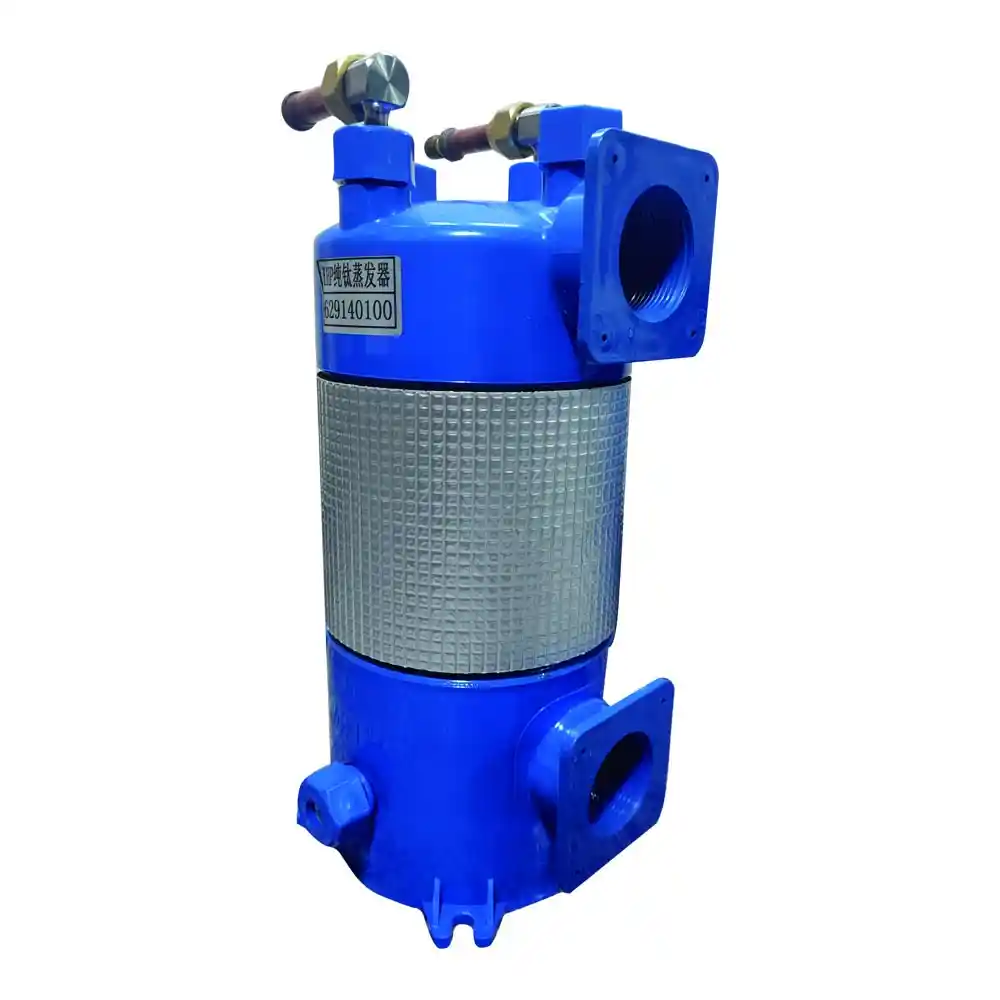Introduction
The production of PVC shells for titanium coil heat exchangers is a crucial step in the raw material preparation process. This article focuses on the manufacturing process of the PVC shells, specifically the blue-colored shells used in conjunction with titanium tubes. The objective is to provide a comprehensive understanding of the production steps involved in preparing high-quality PVC shells for titanium coil heat exchangers.
1. PVC Material Selection
Choosing the appropriate PVC material is vital to ensure the desired properties and performance of the shells. Factors such as durability, chemical resistance, and thermal insulation are considered during the material selection process. The selected PVC material should meet the required standards and specifications.
2. PVC Shell Extrusion
The extrusion process is employed to produce PVC shells with the desired shape and dimensions. This section outlines the steps involved in PVC shell extrusion.
2.1 PVC Compound Preparation
The PVC material is compounded with additives and stabilizers to enhance its properties, such as flexibility, UV resistance, and flame retardancy. The compounded PVC mixture is then fed into the extrusion machine.
2.2 Extrusion Process
The PVC compound is heated and melted within the extrusion machine. It is then forced through a die, which imparts the desired shape and size to the PVC shell. The extruded shell is then cooled and solidified to maintain its shape.
3. PVC Shell Finishing
After the extrusion process, the PVC shells undergo various finishing steps to ensure their quality and functionality.
3.1 Trimming and Cutting
The extruded PVC shells are trimmed and cut to the required length and dimensions. This step ensures that the shells are uniform and free from any excess material or irregularities.
3.2 Surface Treatment
The surface of the PVC shells is treated to enhance their appearance, smoothness, and resistance to scratches or discoloration. Surface treatments may include polishing, buffing, or applying protective coatings.
3.3 Quality Inspection
Each PVC shell undergoes a thorough quality inspection to ensure it meets the specified requirements. The inspection includes checking for visual defects, dimensional accuracy, and overall integrity.
Summary of PVC Shell Production Process
The following table summarizes the key steps involved in the production of PVC shells for titanium coil heat exchangers:
| Production Step | Descripción |
|---|---|
| PVC Material Selection | Selection of PVC material based on required properties |
| PVC Shell Extrusion | Extrusion of PVC compound to form the desired shell shape |
| PVC Shell Finishing | Trimming, surface treatment, and quality inspection |
Note: The above table provides a high-level overview of the PVC shell production process and may include additional steps or variations depending on specific manufacturing requirements.
In conclusion, the production of PVC shells for titanium coil heat exchangers involves careful material selection, extrusion, and finishing processes. By following these steps and maintaining stringent quality control measures, high-quality PVC shells can be manufactured to ensure the optimal performance and longevity of titanium coil heat exchangers.


